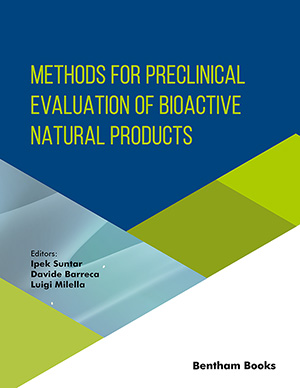Abstract
Stability indicating a reverse phase high- performance liquid chromatography (RP-HPLC) method for the analysis of Ketoprofen (KP) was developed and validated as per the International Conference of Harmonization (ICH) guidelines, Q1A (R2). Chromatographic separation was achieved on a Capacel Pak (Shiseido, Tokyo, Japan) C18 Type MG column (250 mm × 4.6 mm) 5 µm particle size, using isocratic elution of mobile phase containing the mixture of acetonitrile (ACN) and 0.02 M potassium dihydrogen orthophosphate buffer pH 3.0 (40:60) with a flow rate of 1.0 ml minutes- 1. Quantification was achieved with UV detection at 254 nm with a linear calibration curve in the concentration range of 0.5–60 µg ml- 1 based on peak area. The method was validated for linearity, system suitability, accuracy, precision, sensitivity, selectivity and robustness. Application of a 3-factor, 3-level design was employed using Box-Behnken Experimental Design (BBD) for the validation of robustness using three factors such as the composition of the mobile phase (X1), flow rate (X2) and pH (X3) whereas the peak area (Y1) and retention time (Y2) were used as responses. The limits of detection (LOD) and the limits of quantification (LOQ) were found to be 35.417 ± 0.52 and 107.352 ± 1.37 ng ml-1 respectively. Linearity was found to be in the range between 0.5–60 µg ml-1 with a significantly higher value of correlation coefficient r2 = 0.999. The proposed method was found sensitive, specific and was successfully applied for the estimation of KP in both bulk drug and optimized nanoemulsion gel (NEG) formulation. The developed method also resolved KP from its degradation products indicating high specificity. The results showed that Quality by Design (QbD) using a Design Space (DS) concept could be effectively applied to optimize HPLC chromatography method with the least number of experimental runs.
Keywords: Box behnken experimental design (BBD), ICH guidelines, ketoprofen (KP), nanoemulsion gel (NEG), quality by design (QbD), stress degradation.




























